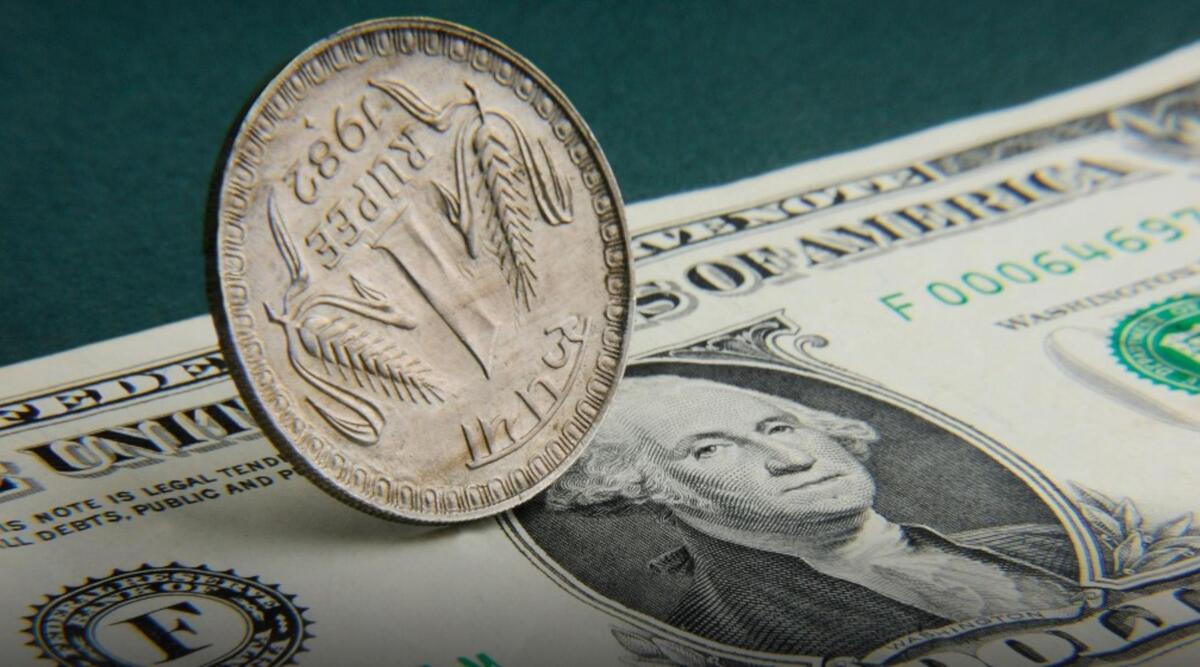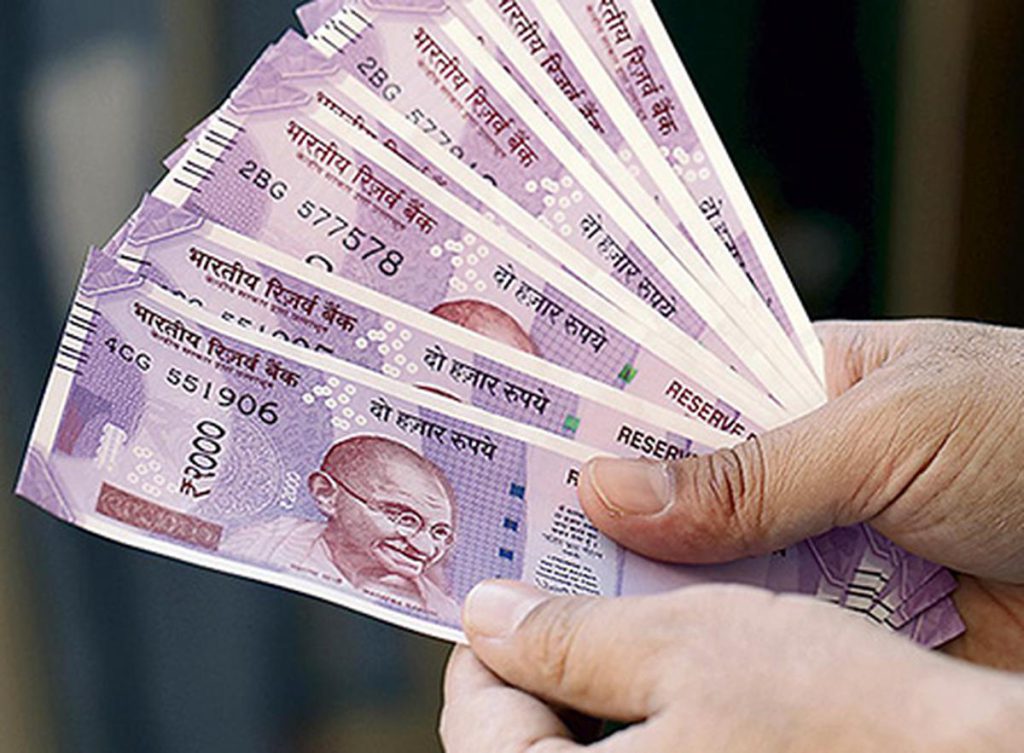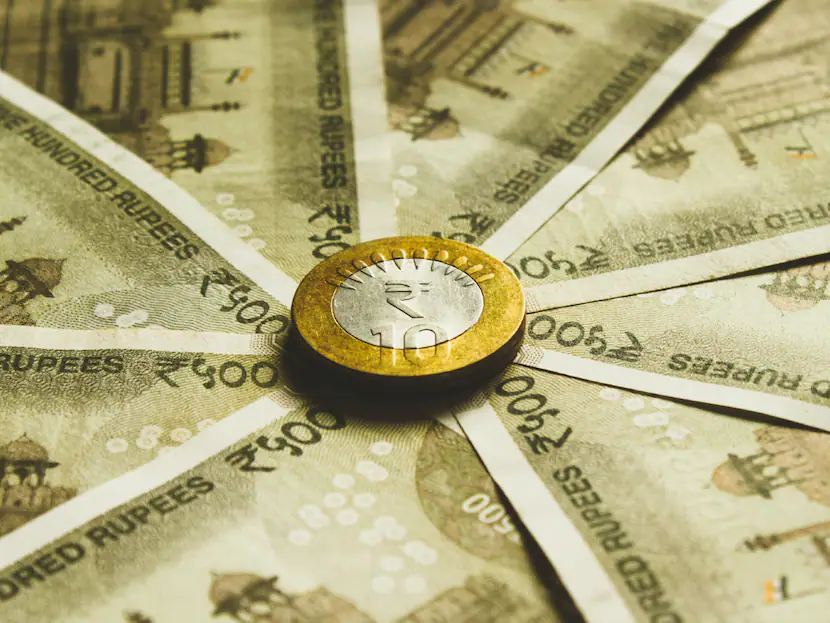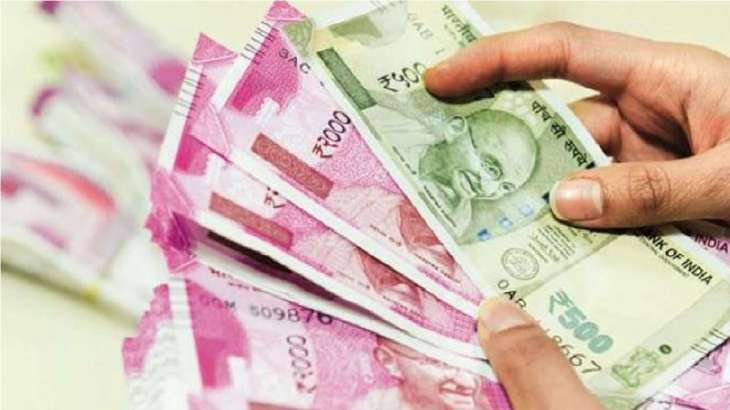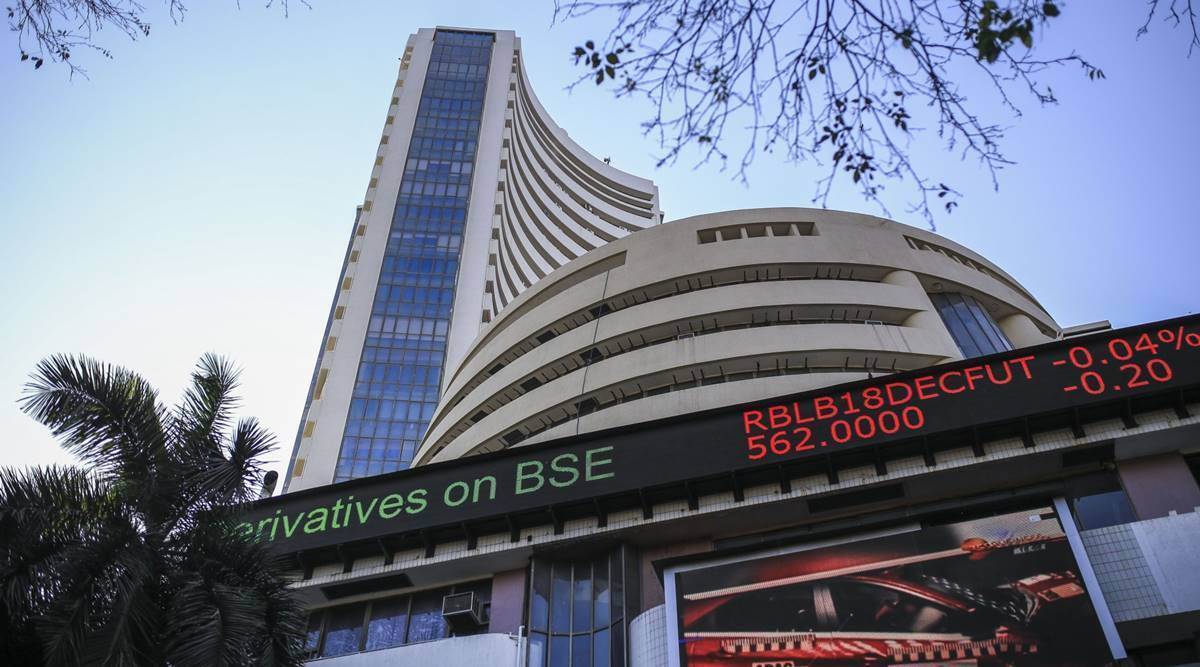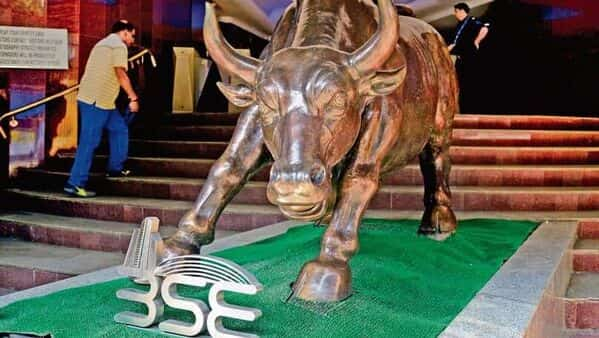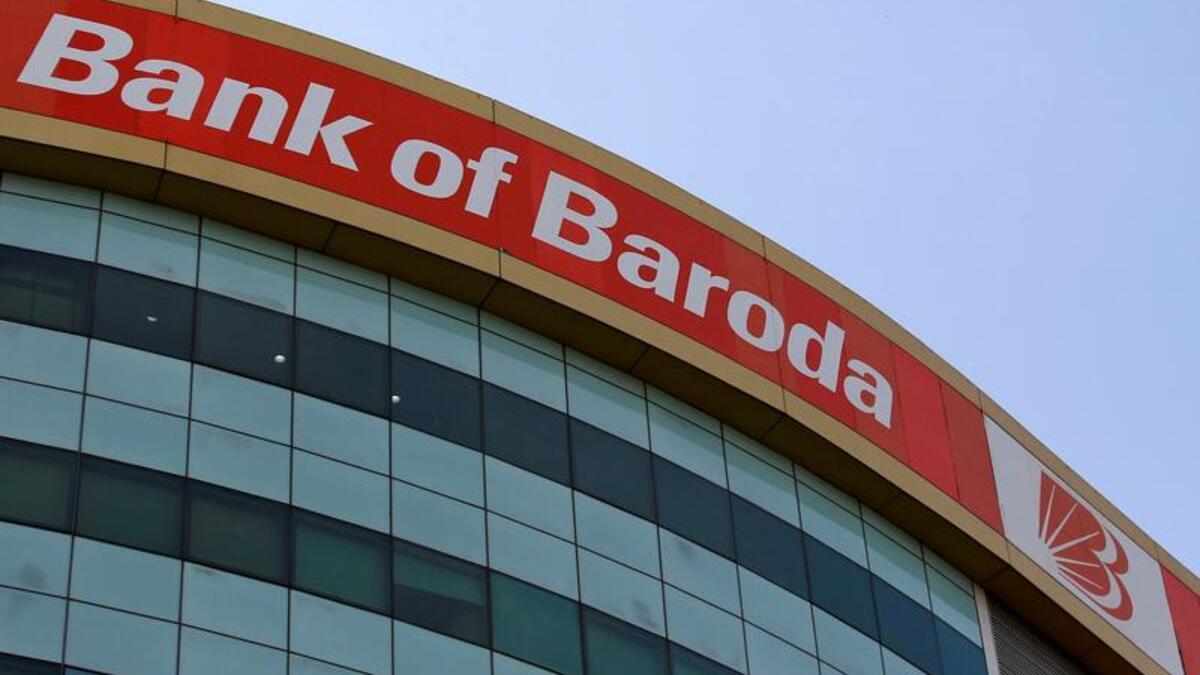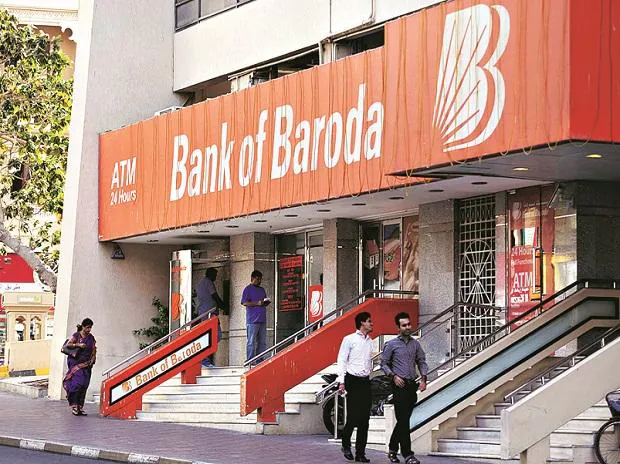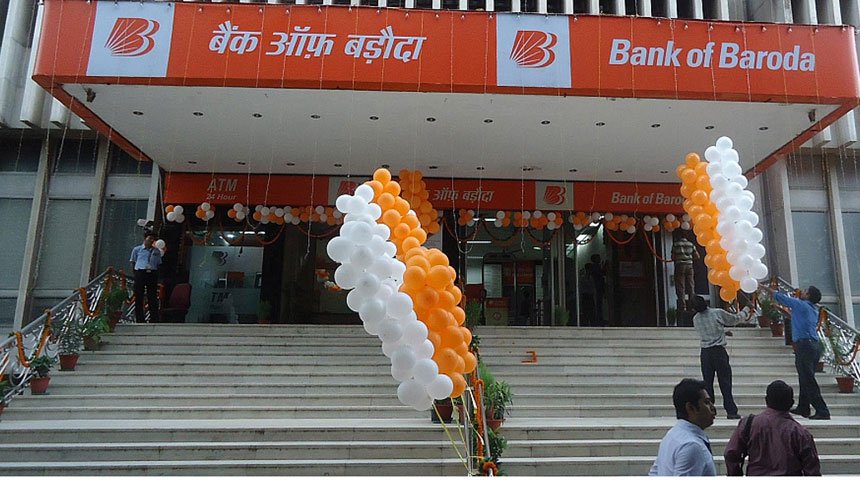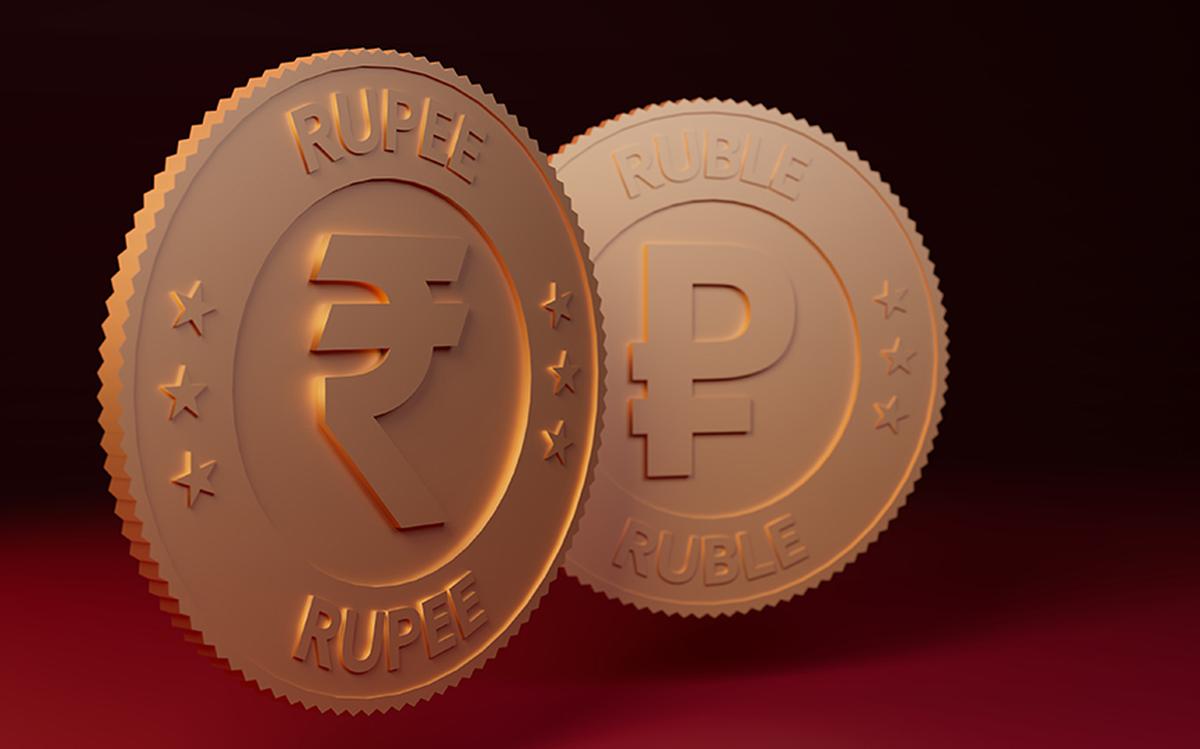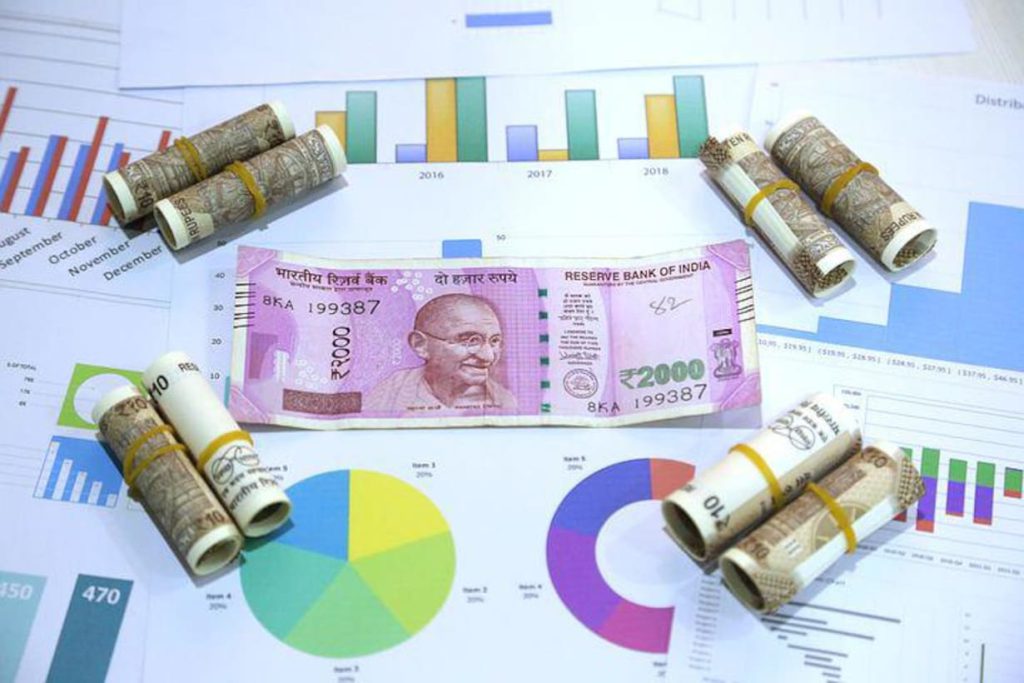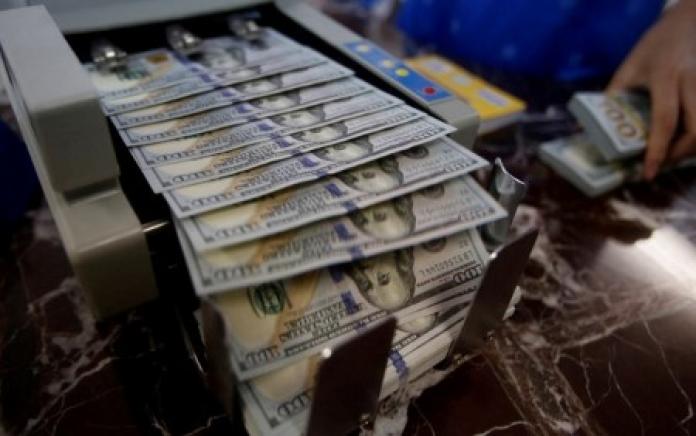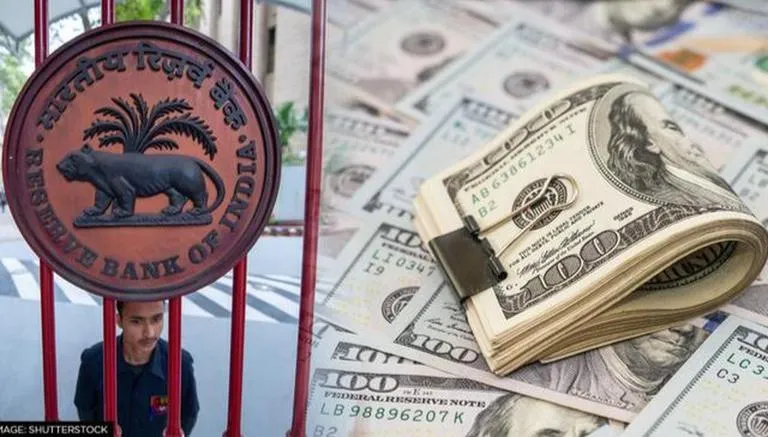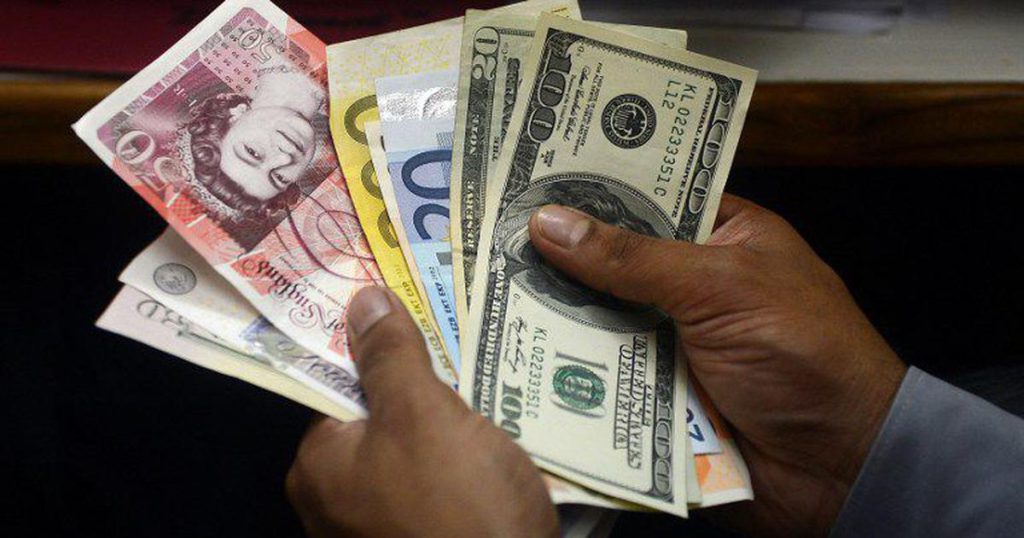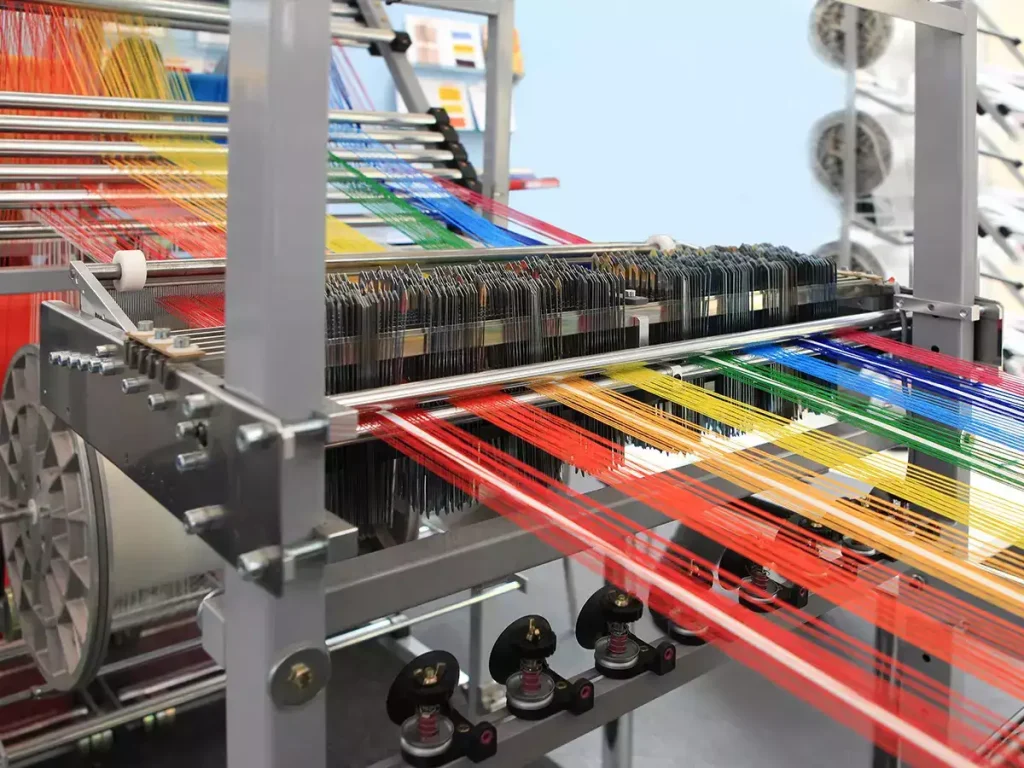On Thursday, the price of 10 grammes of 24-carat gold increased by Rs 160 to Rs 52,250, while the price of one of silver increased by Rs 400 to Rs 62,000. The price of 10 grammes of 22-carat gold has increased by Rs 150, and the precious metal is now selling for Rs 47,900 The price of 10 grammes of 24-carat gold in Delhi and Mumbai is the same as it is in Bangalore, Hyderabad, and Kolkata, with the precious metal retailing for Rs 52,250 in these cities In Delhi and Mumbai, the price of 10 grammes of 22-carat gold is comparable to the price of 10 grammes of 22-carat gold in Bangalore, Hyderabad, and Kolkata, with the metal selling for Rs 47,900 in these cities. However, 10 kilos of 24-carat gold costs Rs 52,770 in Chennai and 10 grammes of 22-carat gold costs Rs 48,370 in the city.
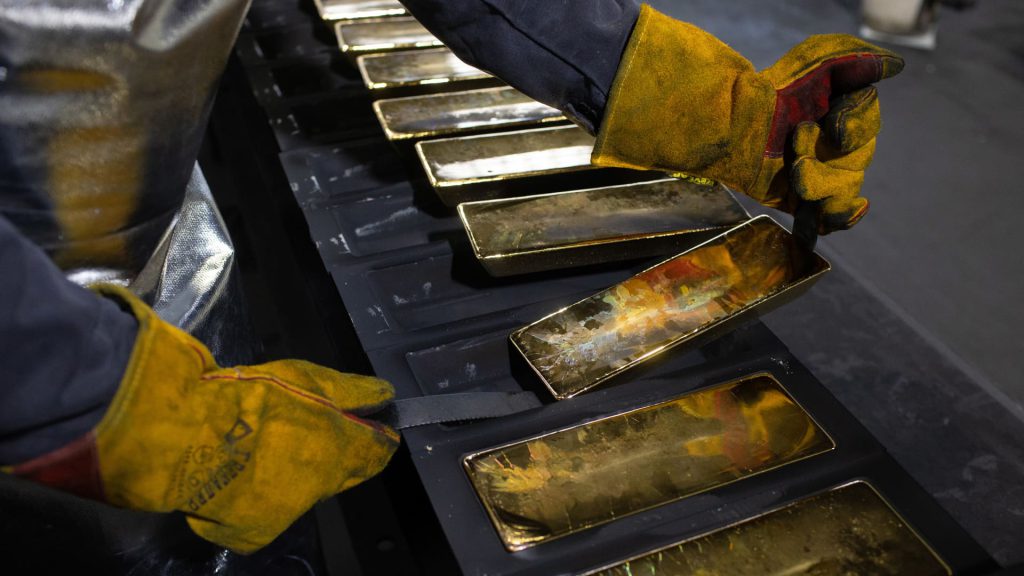
In Delhi, Mumbai, and Kolkata, one kilogramme of silver costs Rs 62,000, while the metal costs Rs 66,500 in Chennai, Bengaluru, and Hyderabad.

